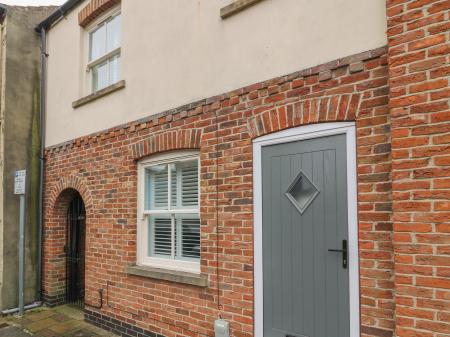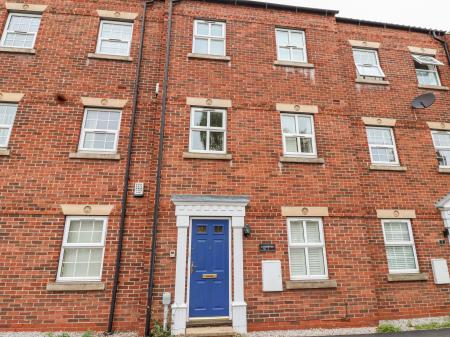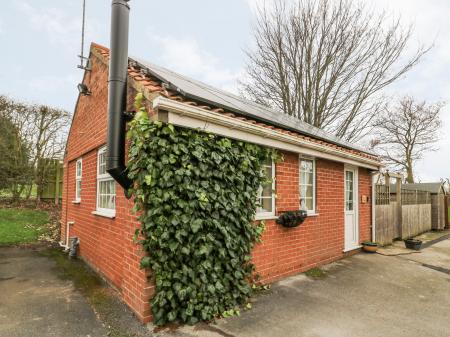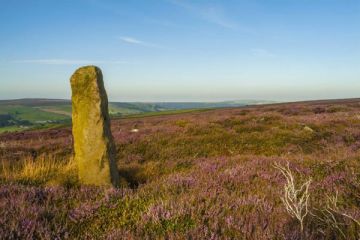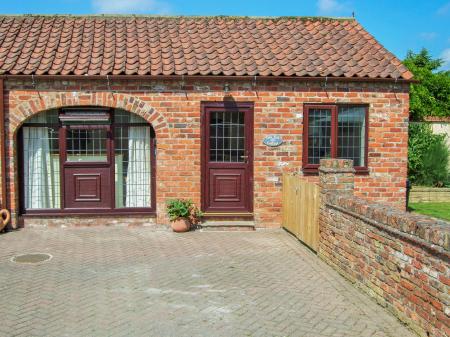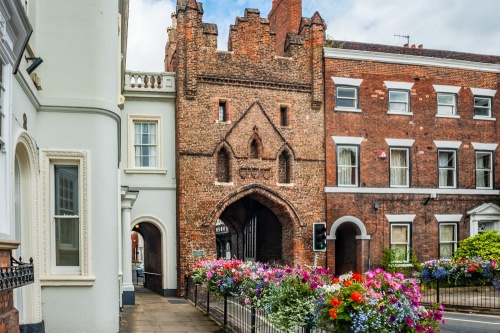
Beverley Minster
In the 8th century John, Bishop of York, founded a monastery in northeastern Yorkshire, and when miracles were reported at his tomb the monastery became a popular destination for pilgrims. John was canonised as St John of Beverley and a great medieval church grew up around his shrine, and the town of Beverley developed around the monastery.

The Minster is famed for its astonishing array of carvings depicting figures playing musical instruments. There are more than 70 such carvings, showing musicians playing unusual medieval instruments. The Minster also boasts a superb set of medieval misericords, including one carving showing a fox preaching to geese, and geese hanging the fox. The Minster is one of the great historic buildings of England and deserves a visit.
St Mary's Church
Many people come to Beverley to visit the Minster, and rightly so, but miss the 'other' historic church in town; St Mary's. Standing just inside the town gate, at the opposite end of the town from the Minster, St Mary's is one of the great medieval parish churches of England, and the height of its tower equals that of the Minster. The church dates to 1120 and features a superb west front, but it is the interior that provides the most interest.
In the nave are a series of carved capitals decorating the arcade pillars. One of these is the Minstrel Pillar, with a painted carving depicting 5 figures of musicians. At the entrance to St Michael's chapel is another carving, depicting a rabbit dressed in the garb of a pilgrim. The rabbit was carved around 1330 and is said to have inspired author Lewis Carroll to create the White Rabbit in his Alice in Wonderland book.

Beverley Friary
A stone's throw from the Minster is all that remains of Beverley friary. The Friary was established around AD 1240 for the Dominican order. The Friary was expanded in the 14th century to form a cloister and buildings to house guests.
The medieval guesthouse forms the core of the current Friary, and the current buildings may have been constructed with material rescued after the remainder of the site was pulled down at the Reformation. The interior features wall paintings ranging from the medieval to the Tudor period. Even better, you can stay in the Friary, for it now serves as a YHA hostel.
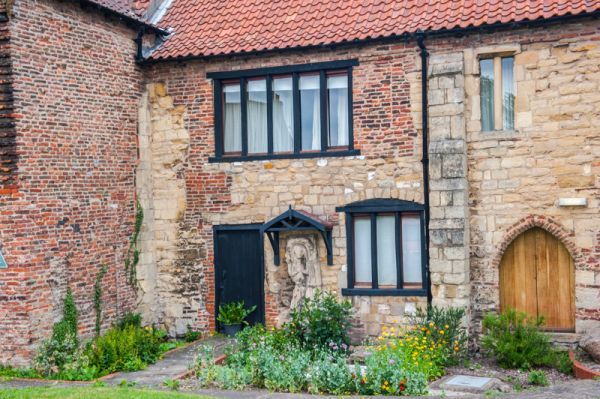
Horse Racing
Racing horses has been a part of Beverly life since the 17th century. The racecourse here is known for its flat-course race meetings and regular family-friendly race meetings.
The centre of town, around the old market place, has a wealth of historic buildings. There is the Sun Inn, built in 1530, and the White Horse Inn, one of the last pubs in the worlds to use gaslighting. The town centre is a picturesque mix of new and old, with cobbled streets, and a wealth of historic buildings.
One of these is the Guildhall, located on Register Square. The Guildhall was built in the late medieval period but later remodelled in Georgian style, with an elegant courtroom and plaster ceilings. The Guildhall is now home to the Beverley Community Museum, covering the rich heritage of the area.
On Champney Road is the Beverley Art Gallery, featuring works by local artists, particularly Frederick Elwell.
Visiting
We loved visiting Beverley. There is just so much to see! The town centre is full of fascinating historical buildings. It's the sort of place you want to linger and explore at length. If I had to vote for a 'secret treasure' it would be St Mary's church, which impressed me just as much as the Minster.







 We've 'tagged' this attraction information to help you find related historic attractions and learn more about major time periods mentioned.
We've 'tagged' this attraction information to help you find related historic attractions and learn more about major time periods mentioned.